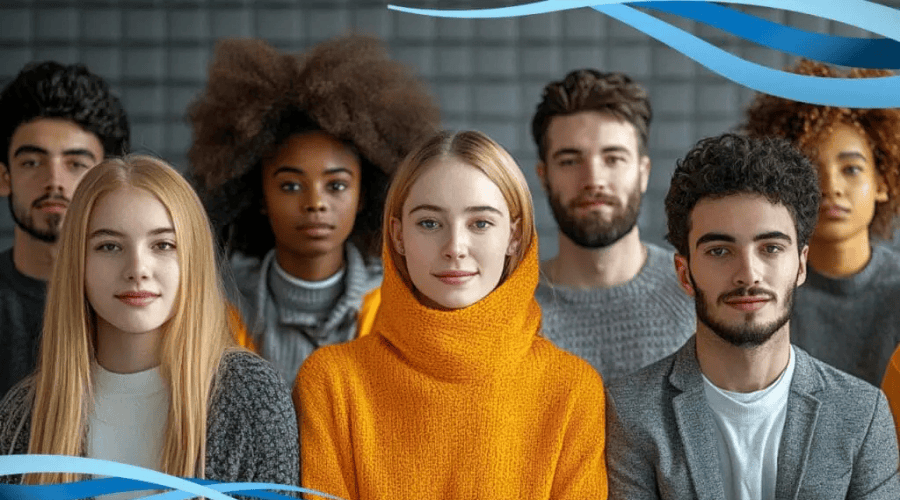Quite a difference-and a welcome change-from the usual look of the United Nations, with mostly older men and women filling the corridors.
The two “Days of Action” (Sept. 20-21) led the way for the long-awaited Future Summit, an event that intends-or hopes? -to re-energize efforts to advance the United Nations 2030 Agenda. All 193 member states endorsed the agenda and pledged to deliver on the promise of sustainable, healthy and more equitable living for people and the planet, leaving no one behind. The sad truth, however, is that in 2024, with only 6 years to go, best estimates indicate that only 17 percent of the 17 Goals are on track to be completed.
The first Day of Action was therefore all about young people, their hopes and dreams, and their promise to bring energy and vision to shape the future world they will inherit. Half of the world’s population is under 30 years of age, yet young people are not always taken seriously in high-level decision-making spaces. And they said it, loud and clear.
Appreciating the Secretary-General’s initiative to establish a United Nations Office for Youth, speakers insisted that this must only be a first step. No more young people on the sidelines; they need to be at the center of things. They need to be heard and deserve a place at the table. They may not have the experience and wisdom of the more mature, but they bring a fresh look and new insights, as well as obvious comfort in using new and emerging technologies. But they demand authenticity from leaders, more actions than words, if we are to have accountable institutions.
It struck me as a significant step forward and reminded me of the remarks of a former ambassador who was deeply involved in the formulation of the 2030 Agenda (the SDGs): a key weakness of the United Nations is old thinking and new problems, old structures and processes unable to address new challenges. We will need to employ Artificial Intelligence to help solve the problems of the day. but what are we doing to understand its potential, safeguard its positive use and keep up with its rapid development?
Does anyone want new wineskins?
The Future Summit itself, two days later, did not live up to the promise of a singularly important event, and it certainly was not what the NGO community was hoping for. There were no major breakthroughs or binding resolutions. Some states still oppose any discourse on human rights. And many prefer to talk about housing but not homelessness.
But it was also not business as usual. There are always signs of hope. Issues are discussed, member states continue to talk to each other. Dialogue is mostly cordial and respectful. Although no other missing content can currently be added to the 2030 Agenda, no one is calling for the elimination of any aspect of the 17 Goals.
But for me the brightest sign of hope is the significant step young people have taken in affirming their demand for meaningful involvement in shaping the future in which they will live. They have embraced the Sustainable Development Goals and are already deeply involved in climate action in many places globally. It seems that in the future they will have a stable presence in the deliberations of the United Nations. They are harbingers of change that we should welcome.
Welcome young people. The future is truly yours.
Jim Claffey
UN NGO Representative of the Congregation of Mission.
